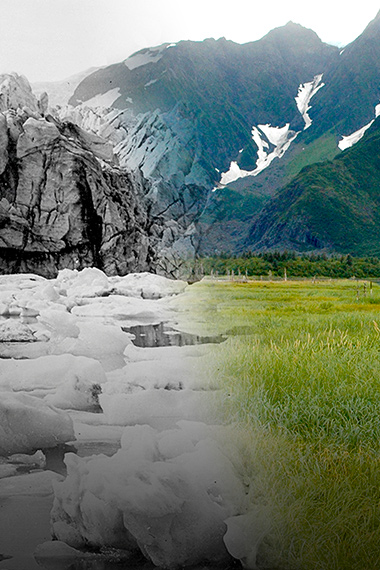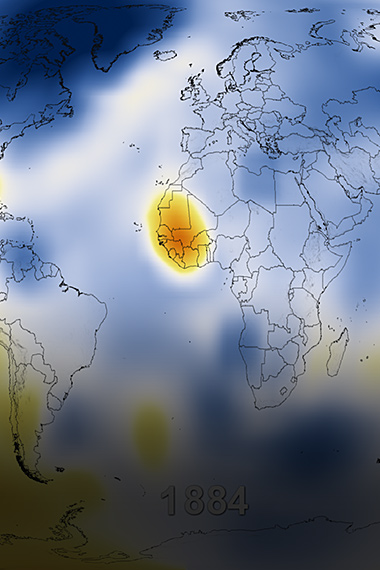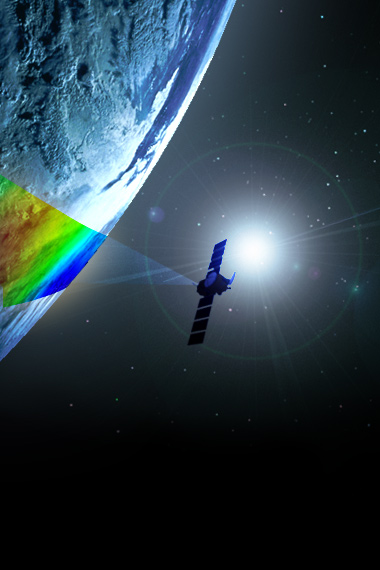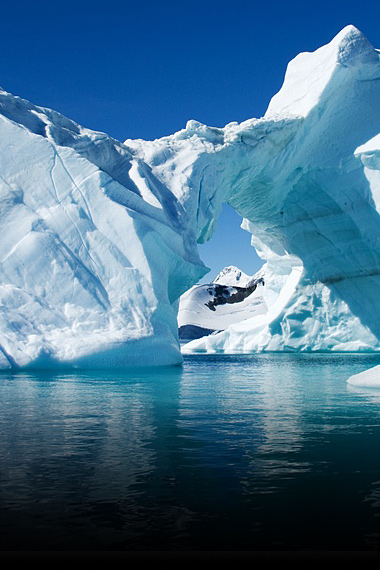MULTIMEDIA
Video: Oceans of Climate Change
Oceanographer Josh Willis discusses the heat capacity of water, performs an experiment to demonstrate heat capacity using a water balloon and describes how water's ability to store heat affects Earth's climate.
Credit
NASA JPL


.jpg?disposition=inline)



























